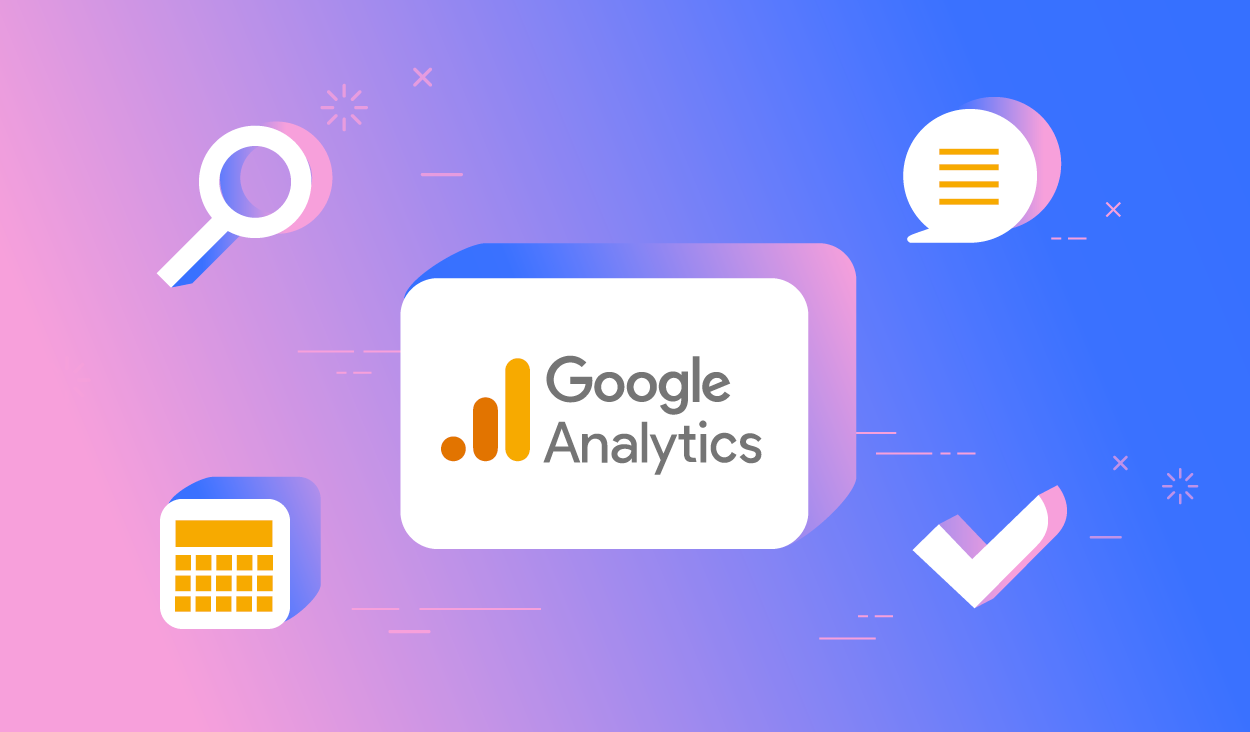
Quick guide to Google Analytics
- Shutta Copy Desk
- March 9, 2023
- Data Analytics and BI
Google Analytics is a powerful web analytics tool that allows businesses to track and analyze website traffic and user behavior. With Google Analytics, businesses can gain insight into how visitors interact with their website, what pages they visit, how long they stay, and where they come from. This information can be used to optimize website performance, improve the user experience, and increase conversions.
Google Analytics is a free service offered by Google that can be easily integrated into a website by adding a tracking code. Once integrated, it can collect data on website visitors, including their location, device, and browsing behavior. This data can be analyzed and visualized through detailed reports, which provide a wealth of information that can be used to improve the website and the user experience.
Google Analytics also allows businesses to track the effectiveness of their online marketing campaigns, such as AdWords, by providing information on how many visitors have come to the website as a result of a specific campaign. This information can be used to optimize the campaigns, improve their targeting and measure the return on investment.
Setting up conversion tracking in Google Analytics involves the following steps:
- Create a Google Analytics account: If you don’t already have one, you will need to create a Google Analytics account. This can be done by visiting the Google Analytics website and following the instructions to set up a new account.
- Install the Google Analytics tracking code: Once you have created an account, you will need to install the Google Analytics tracking code on your website or digital platform. This code can be found in your Google Analytics account under the “Admin” menu, in the “Tracking Code” section.
- Create a goal: In order to track conversions, you will need to create a goal in your Google Analytics account. This can be done by visiting the “Admin” menu and selecting “Goals.” From there, you will be prompted to create a new goal by choosing a template or creating a custom goal.
- Configure your goal: Once you have created a goal, you will need to configure it by specifying the details of the conversion you want to track. This includes the goal name, the type of goal, and the URL or event that should trigger the goal.
- Test your goal: Before you start collecting data, you should test your goal to make sure it is working properly. This can be done by clicking through your website or digital platform and checking to see if the goal is properly recorded in your Google Analytics account.
- Monitor your data: Once your goal is set up, you can start collecting data on conversions. This data can then be analyzed in your Google Analytics account to gain insights into how your website or digital platform is performing and identify areas that need improvement.
- Optimize: After analyzing your data, you can take action to optimize your website or digital platform and improve performance. This could involve making changes to your website or digital platform, adjusting your advertising strategy, or focusing on specific areas of your business.
it is possible to bring information from social channels and paid adverts into Google Analytics. This can be done by using features such as the Google Analytics Social Interactions report and the Google Analytics Multi-Channel Funnels report.
The Google Analytics Social Interactions report allows you to track the number of social interactions (such as likes, shares, and tweets) that occur on your website as a result of social media activity. This report also allows you to track which social media platforms are driving the most traffic to your website, and which pages are being shared the most.
The Google Analytics Multi-Channel Funnels report allows you to track the path that users take to convert on your website. This report allows you to see how different marketing channels (such as paid advertising, social media, and organic search) contribute to conversions. You can also track the conversion path of a user from the first touch point to the last touch point and identify which channel influenced the conversion the most.
To bring information from social channels and paid adverts into Google Analytics, you’ll need to set up the appropriate tracking codes. For example, you can use the Facebook pixel to track conversions from Facebook ads and Google Tag Manager to track conversions from other marketing channels like paid search and other social media platforms.
You can also use third party tools, such as Hootsuite Insights, to track social media metrics and integrate them with Google Analytics. With these tools you can track how many times a post was shared, how many likes and comments it received, and how many clicks it generated.
Please note that, depending on your website, social integrations, paid campaigns and the type of conversions you want to track, additional steps may be required to set up Google Analytics for your business. Google Analytics has several types of goals, such as destination, duration, pages/screens per session, events and smart goals. Each of them has different configurations and setup. It’s best to consult the Google Analytics documentation or seek advice from experts to get the best guidance for your specific case.
Related Posts

- Shutta Copy Desk
- January 10, 2023
Blend your data for better decision making
Blending data is the process of combining data from multiple sources into a single dataset. Thi ..

- Shutta Copy Desk
- January 8, 2023
Key metrics to measure success
Measuring success as a business is important in order to understand how well the business is pe ..
